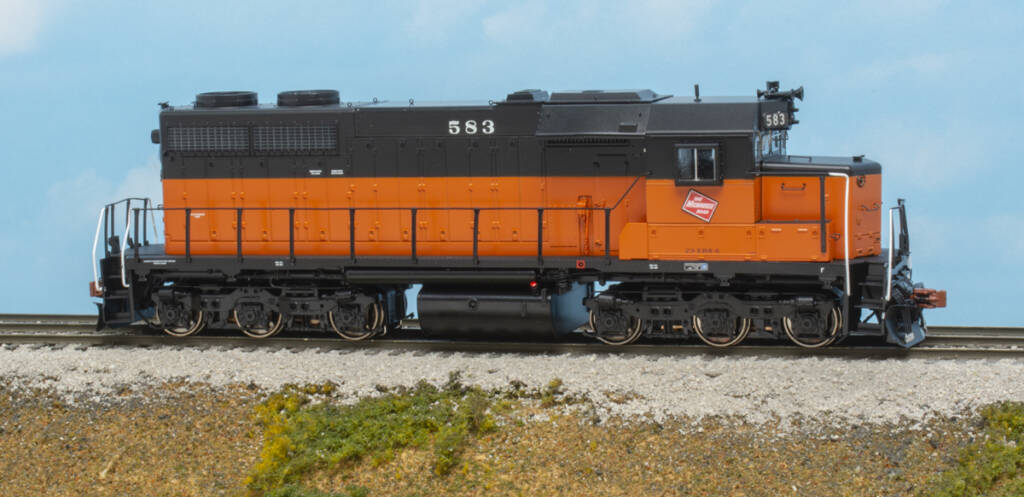
Q: In the May 2025 Ask MR, the answer to a question about early diesel power for the Milwaukee, Racine & Troy included this statement: “For road power, the MR&T would most likely turn to four-axle units, such as the Alco RS1 through RS3 and EMD GP7 and GP9. It’s possible the MR&T could have […]
Read More…
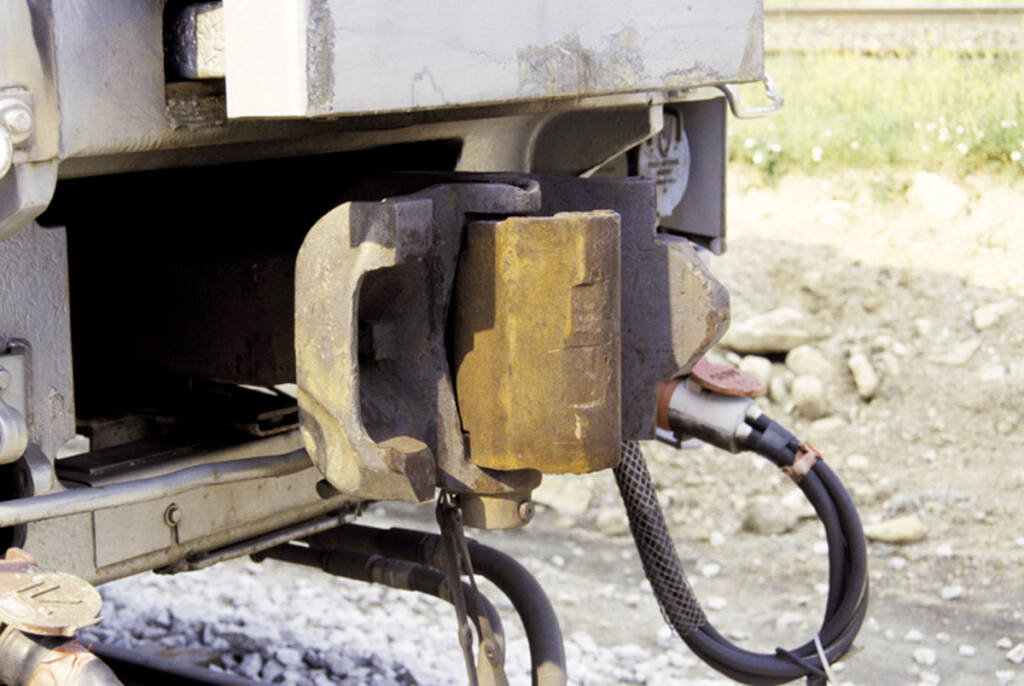
Q: How do Tightlock couplers work? — Thor Clemens A: Longtime staff member Jim Hediger provided an explanation of the Type H, or Tightlock, coupler in a sidebar that appeared with his article “HO knuckle coupler guide” in the November 2007 Model Railroader. He wrote, “The need to reduce slack and improve passenger train safety […]
Read More…

Q: I’m curious why I’ve never seen four 20-foot intermodal containers in a single well car, stacked two on top and two on the bottom. I’ve only ever seen two 20-foot containers in the well and a 40-foot (or larger) container on top. — Benjamin Stewart A: David Lassen, senior editor at Trains magazine, put me […]
Read More…
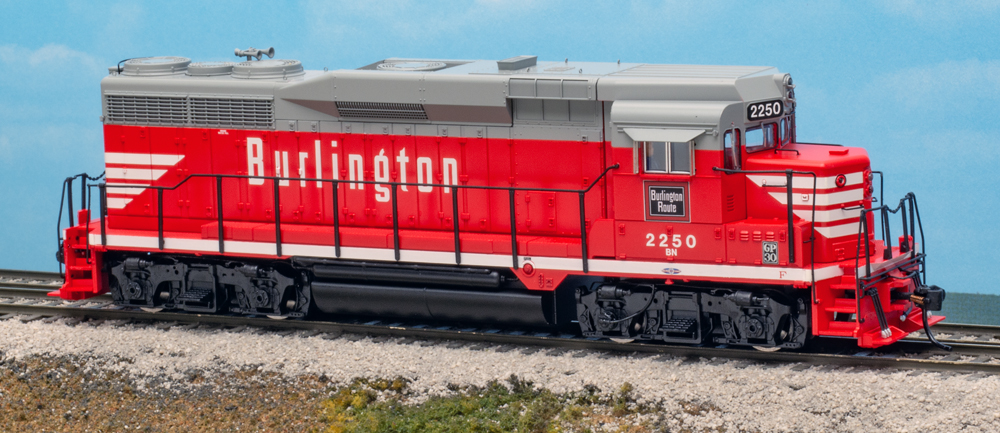
Q: I’m building a layout based on the early Burlington Northern in Idaho. I’ve seen a number of photos of renumbered locomotives and cabooses. Most have white numbers and reporting marks, but I’ve seen a few prototype photos online with the data in black. Did BN have a standard font and size for renumbering equipment, […]
Read More…
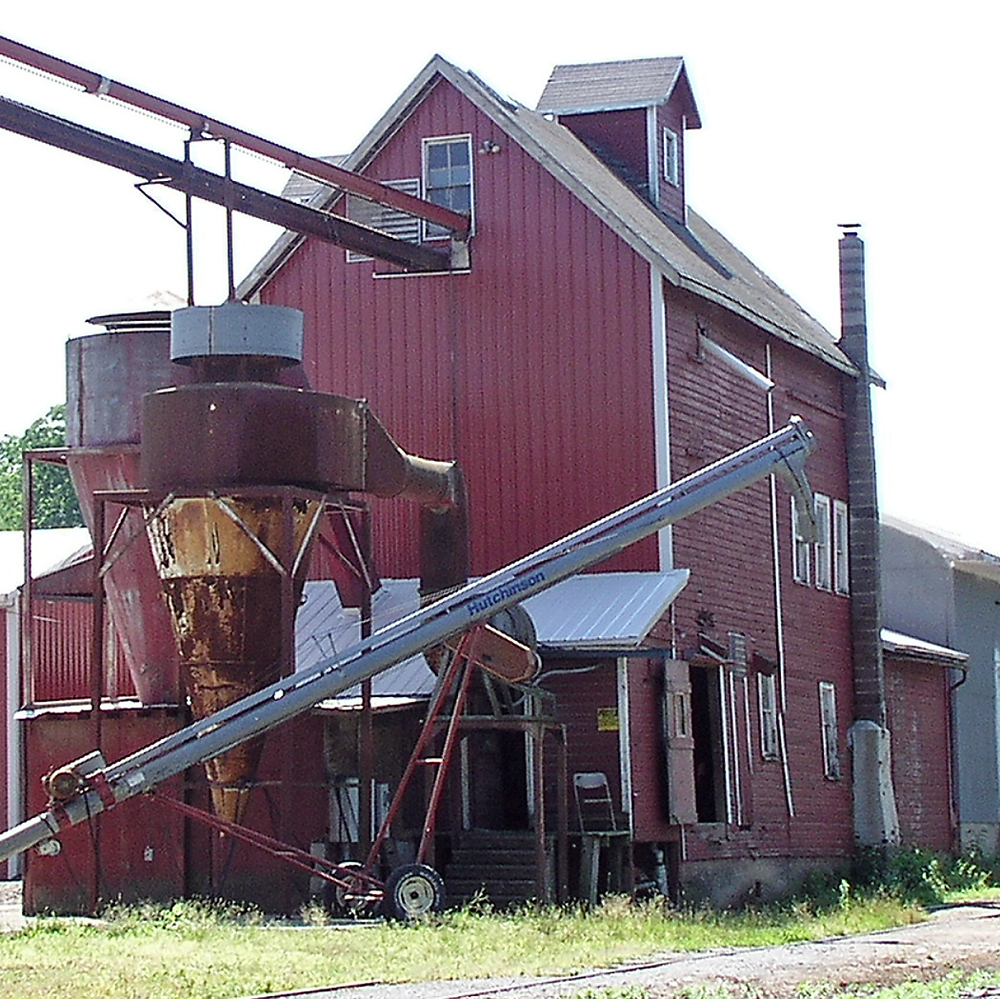
Q: In your special issue Best of Industries, Harold W. Russell wrote about the R.B. Crowell & Son Grain Co. He stated that the rail-served industry received grain in bulk loads, but in the photos and drawings it seems to me that they would ship grain instead of receiving it. What are your thoughts? — […]
Read More…
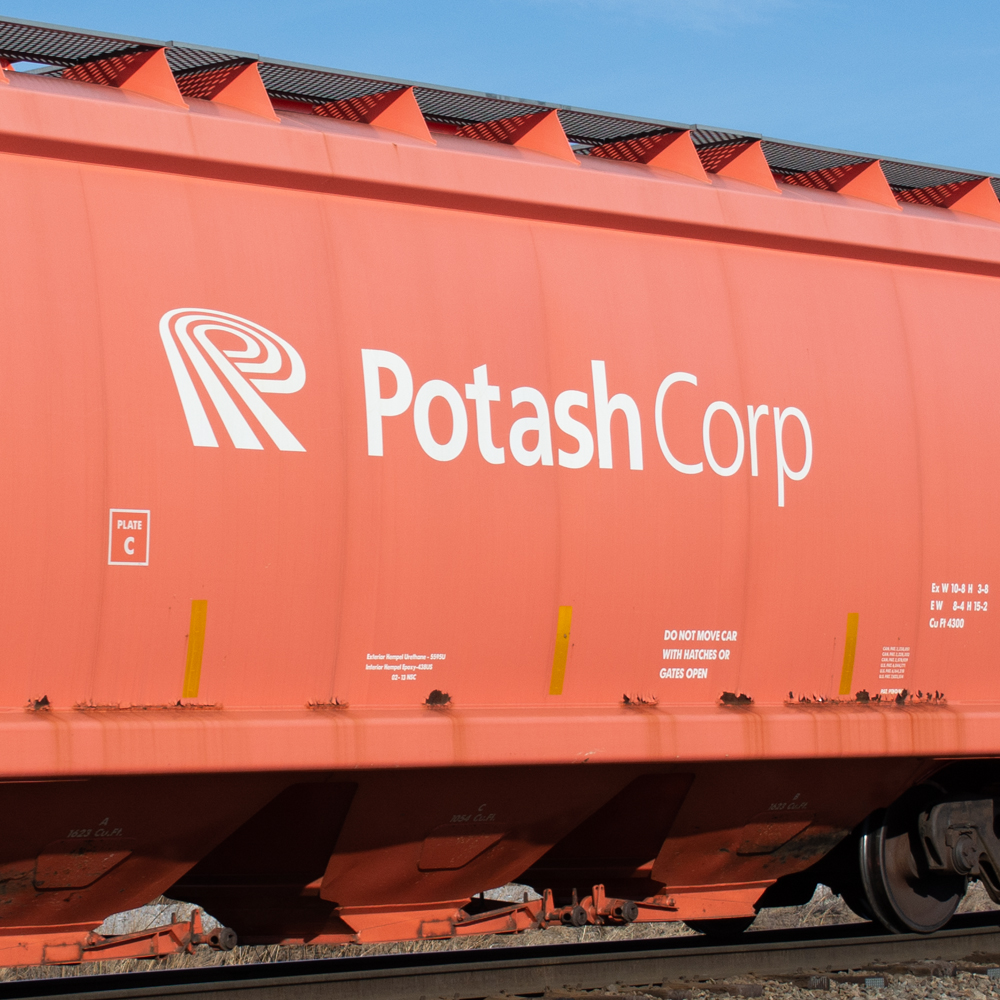
Q: I have a question about one of the articles in your special issue Best of Industries. On page 16, Rich Cobb wrote about a fertilizer blend plant. Can you tell me what kind of loads a plant like this would receive? — Markus Russ A: We released that special-interest publication in 2021, so I […]
Read More…
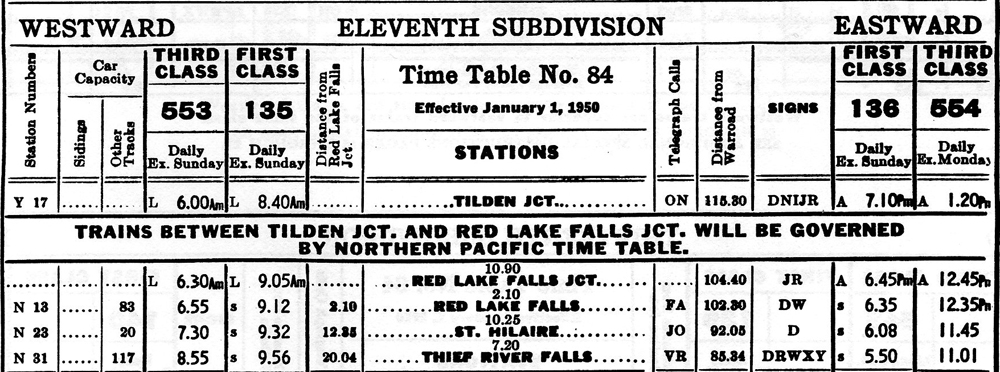
Q: I’m currently planning a layout that features several railroads, including a mythical short line that has to use running rights with the larger railroads. How would these running rights work in regards to timetables and train orders? And how would clearance cards be issued? Would there be a clearance card issued by each road, […]
Read More…
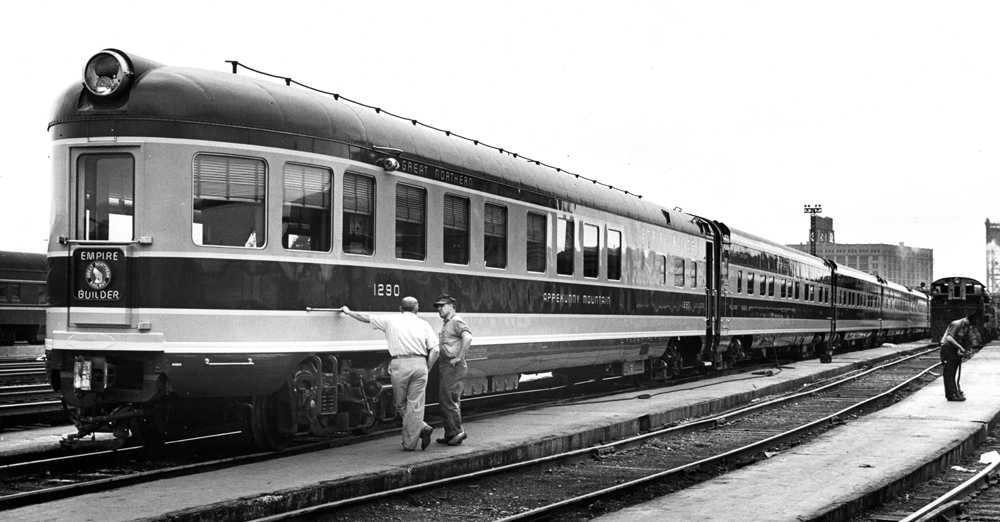
Q: I have some questions about streamlined observation cars with rounded ends. What was the purpose/use of the large light located at the end of the roofline of these cars? Is it a white light for reverse moves, or is it a red light similar to a modern day Flashing Rear End Device? Could the […]
Read More…

A few months ago I wrote about a boxcar storage shed in Crookston, Minn., my hometown. During that same visit my friend, then an employee of Minnesota Northern RR (since retired) gave me a tour of the rest of the yard. Sure, I spent time photographing the usual things — locomotives, rolling stock, structures, and […]
Read More…
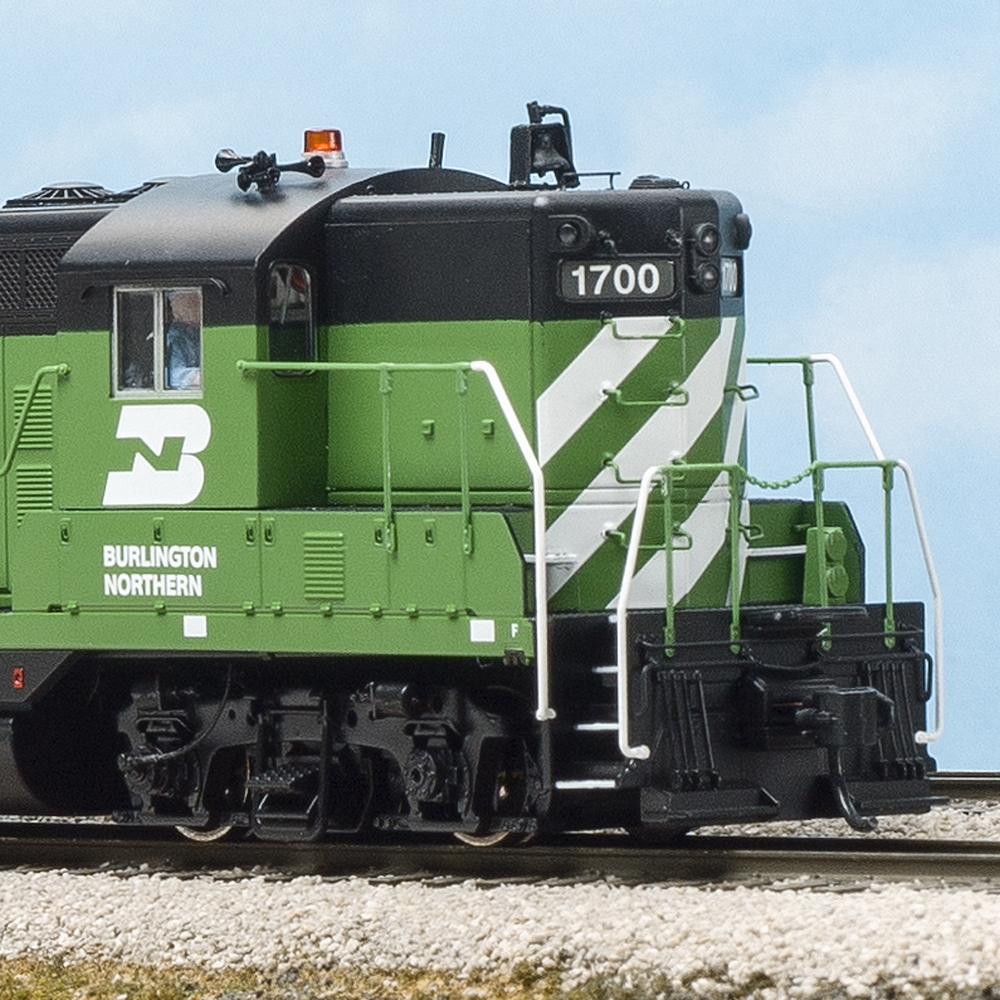
Hobbyists are drawn to specific railroads for a variety of reasons. Perhaps it was the line that served their hometown. Or maybe a relative worked on the railroad. Another reason — with less sentimental attachment — is that they like the paint scheme. The colors applied to diesel locomotives and freight cars are far from […]
Read More…
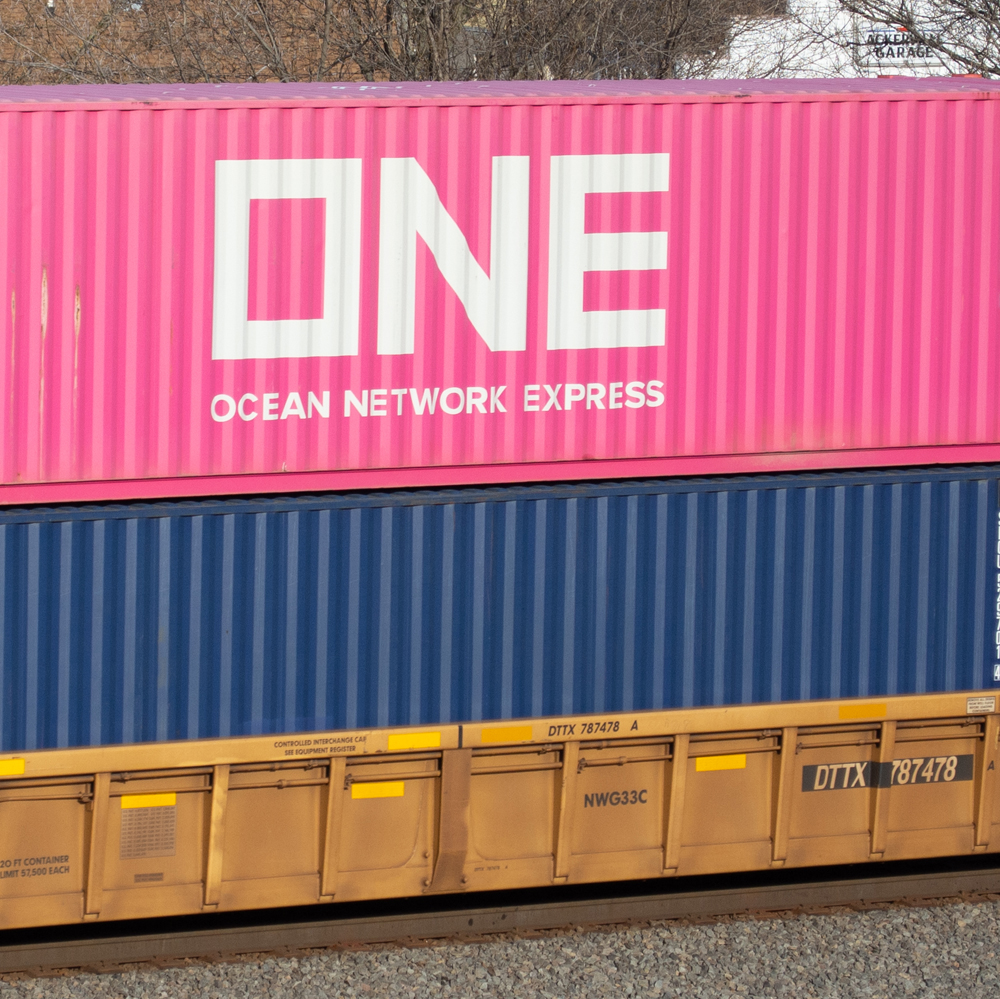
Q: I’ve noticed 53-foot intermodal containers on top of what I believe are 40-foot containers. What I’m not sure about is whether the smaller container is in a 40-foot well car or a 53-foot car? — David Bellamy A: The 40-foot intermodal container in the bottom position can be in a 40- or 53-foot well […]
Read More…
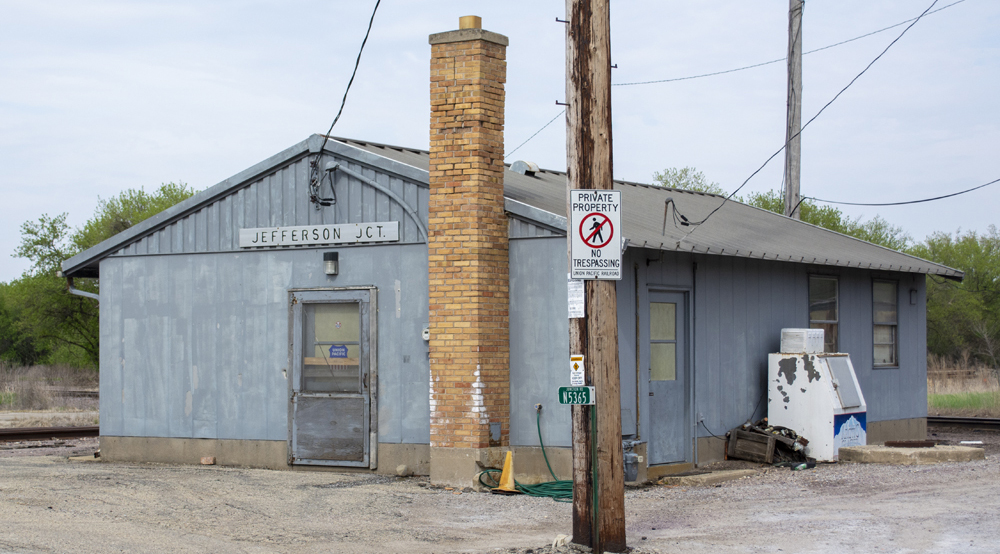
Q: I’m working on adding lineside details to my freelance model railroad. I’d like to add station signs to help my operators identify various locations on the layout. Though I’m not modeling a specific prototype, I want the signs to look realistic. Where can I find information on prototype station signs? — Bobby T. A: […]
Read More…












